The Industrial Revolution had a profound impact on many industries, and the world of footwear was no exception. Prior to the Industrial Revolution, shoes were typically made by hand, with each pair tailored to the individual wearer's foot. But with the advent of mechanised production techniques, footwear manufacturing was transformed.

One of the key developments in footwear manufacturing during this period was the creation of the shoe last. A last is a form that is used to shape and mold a shoe during the manufacturing process. Before the Industrial Revolution, lasts were typically made from wood and were carved by hand to match the shape of the wearer's foot.
However, with the rise of industrialisation, shoe lasts began to be mass-produced using new materials like iron and steel. These lasts were standardised in size and shape, making it possible to produce shoes in large quantities and at a lower cost.
When shoe manufacturing changed to machine production, the number of shoes that could be produced increased significantly compared to handmade methods. In the early days of machine production, a single machine could produce up to 700 pairs of shoes per day, compared to the 50-60 pairs that could be produced by a skilled hand shoemaker. This led to a massive increase in shoe production and availability, making shoes more affordable and accessible to the masses. By the late 1800s, the use of machines and assembly lines had become the norm in shoe manufacturing, allowing for even greater efficiency and volume. Today, shoe factories can produce tens of thousands of pairs of shoes per day using advanced automated technologies.

One of the key innovations in shoe last manufacturing during this time was the creation of symmetrical lasts. Before this development, shoe lasts were typically designed to fit either the left or right foot. However, with the rise of standardized production techniques, manufacturers began to create lasts that were symmetrical and could be used for either foot.
While this innovation made it easier and more cost-effective to produce shoes, it did have some unintended consequences for foot health. Our feet are not perfectly symmetrical, and wearing shoes that are designed to be symmetrical can lead to a number of problems, including blisters, calluses, and even long-term foot deformities.
Today, shoe manufacturers use a combination of handcrafted and mechanised techniques to create footwear that is both stylish and comfortable. However, the legacy of the Industrial Revolution and the rise of mass production techniques can still be seen in the standardisation of shoe sizes and the use of symmetrical lasts. Causing foot related problems fro hundreds of years.
With a boom in production, sales tactics were easy. These shoes looked better, offered better durability & most of all, they were symmetrical which seemed to be appealing to the fashion conscience!

In many ways, the history of footwear manufacturing is a reflection of the larger trends and developments of industrialisation. And while the rise of mass production techniques brought many benefits, it's important to remember that there are also downsides to standardisation and uniformity. As we continue to innovate and improve the way we make shoes, it's important to keep in mind the importance of individuality and the unique characteristics of each person's feet.
Try the "footbed test" show on our instagram page to see if your shoes fit you well.


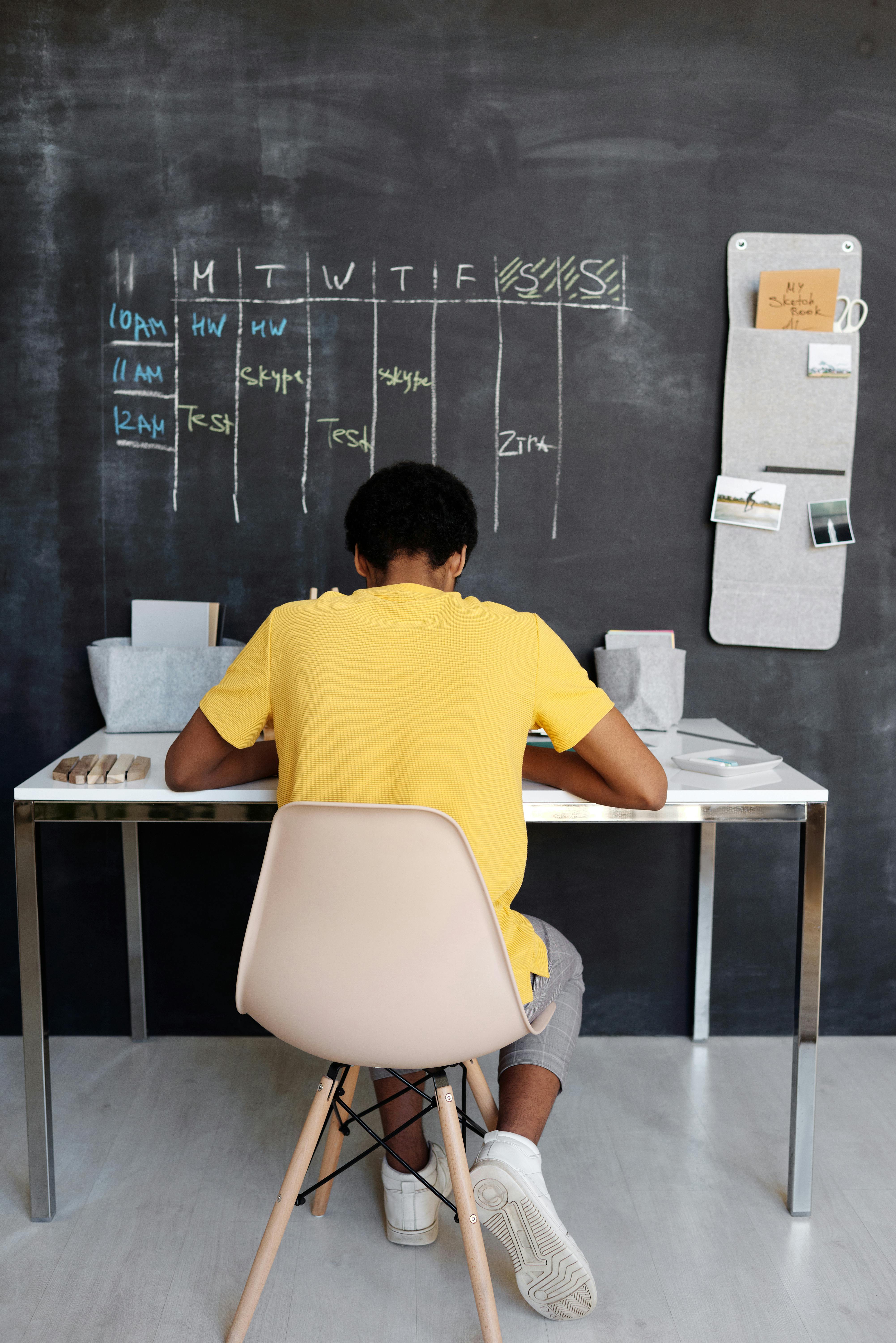

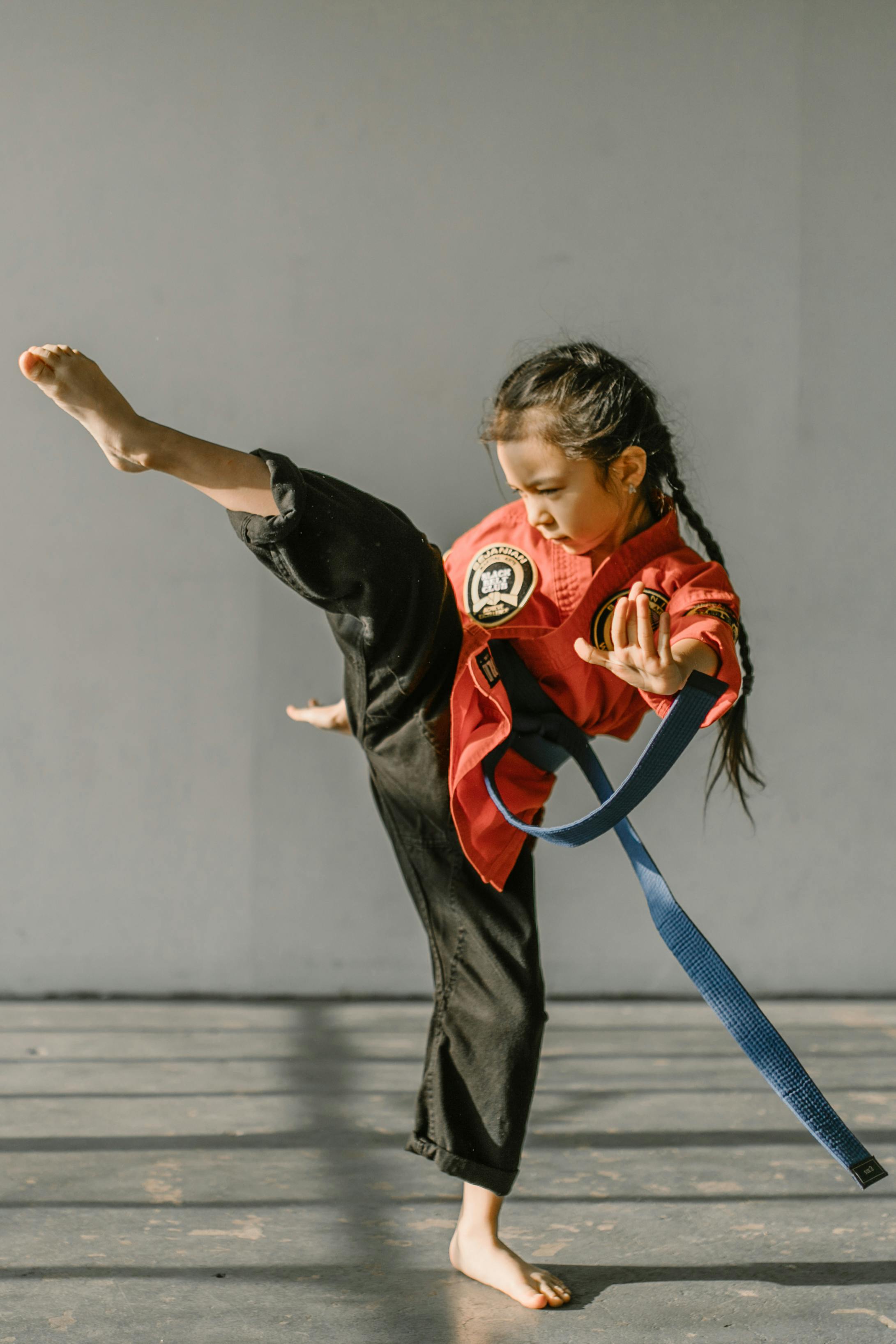

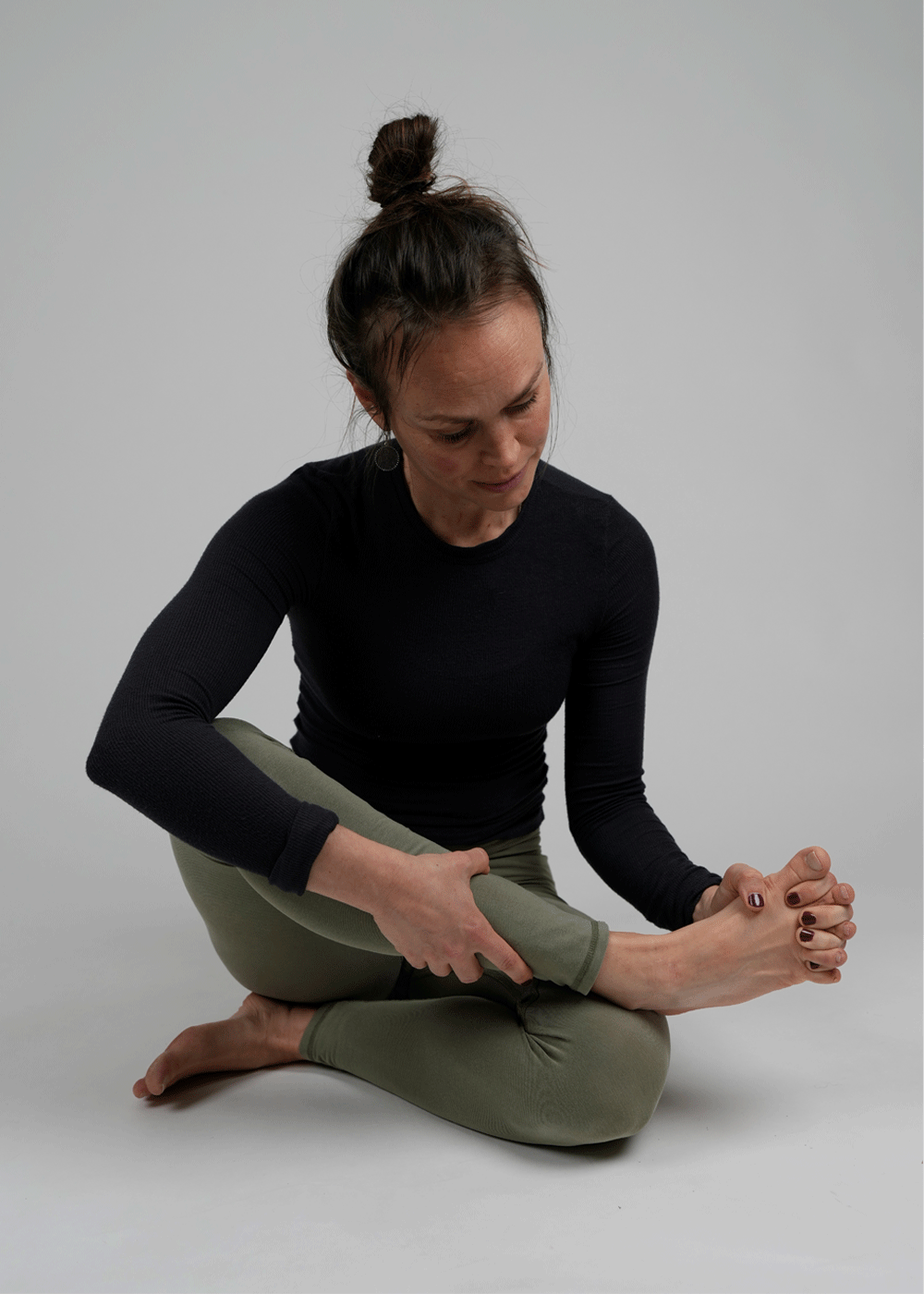
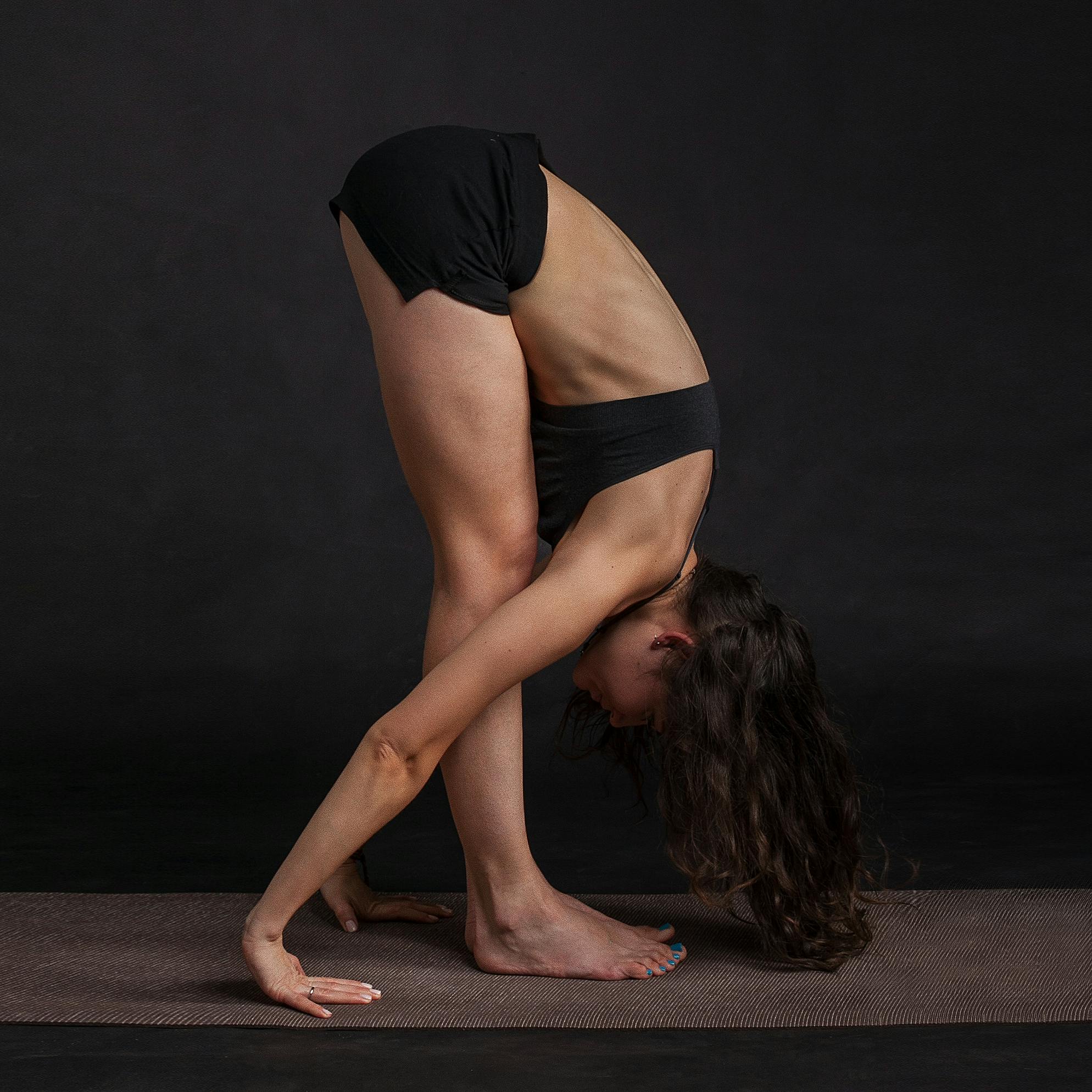



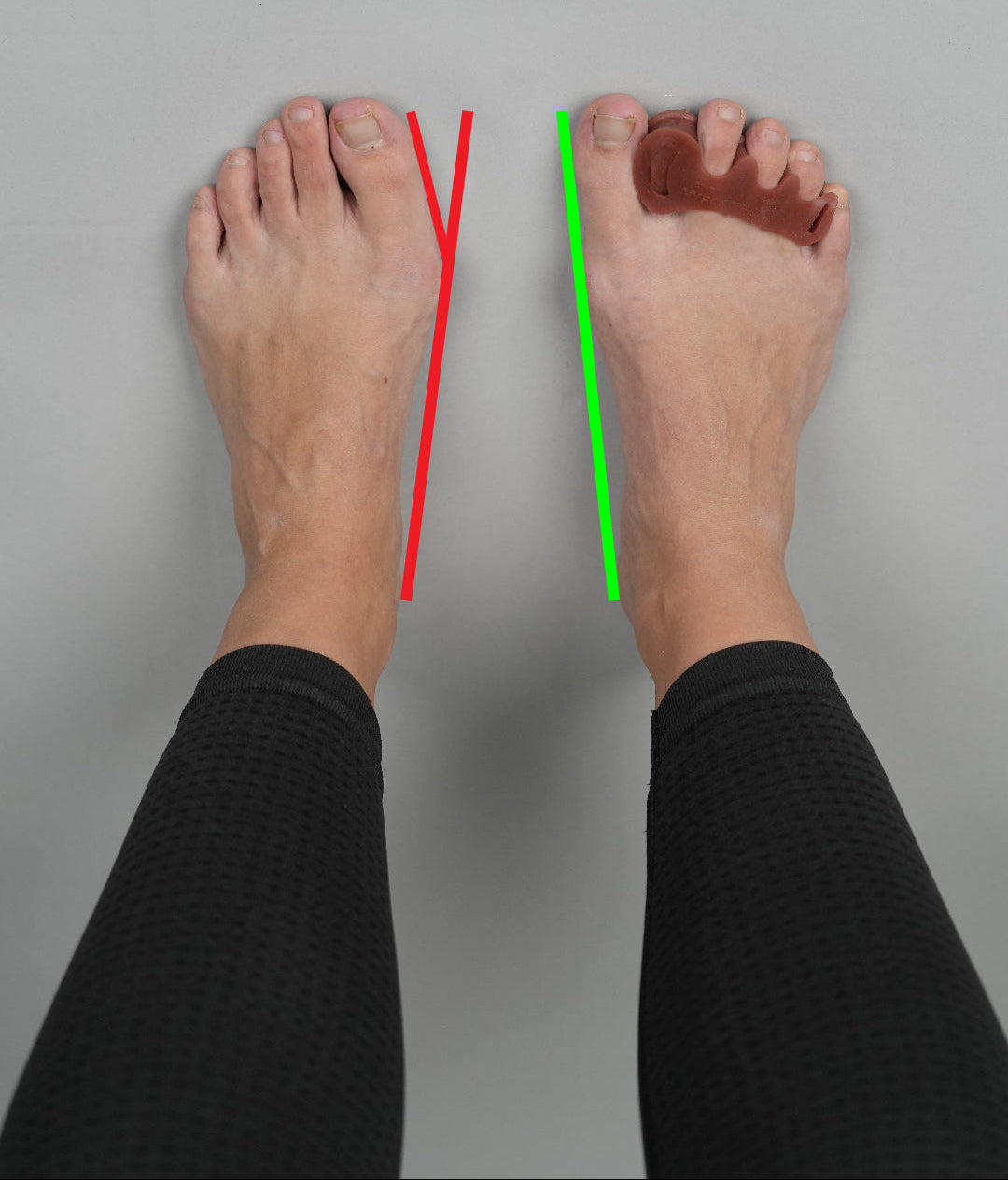

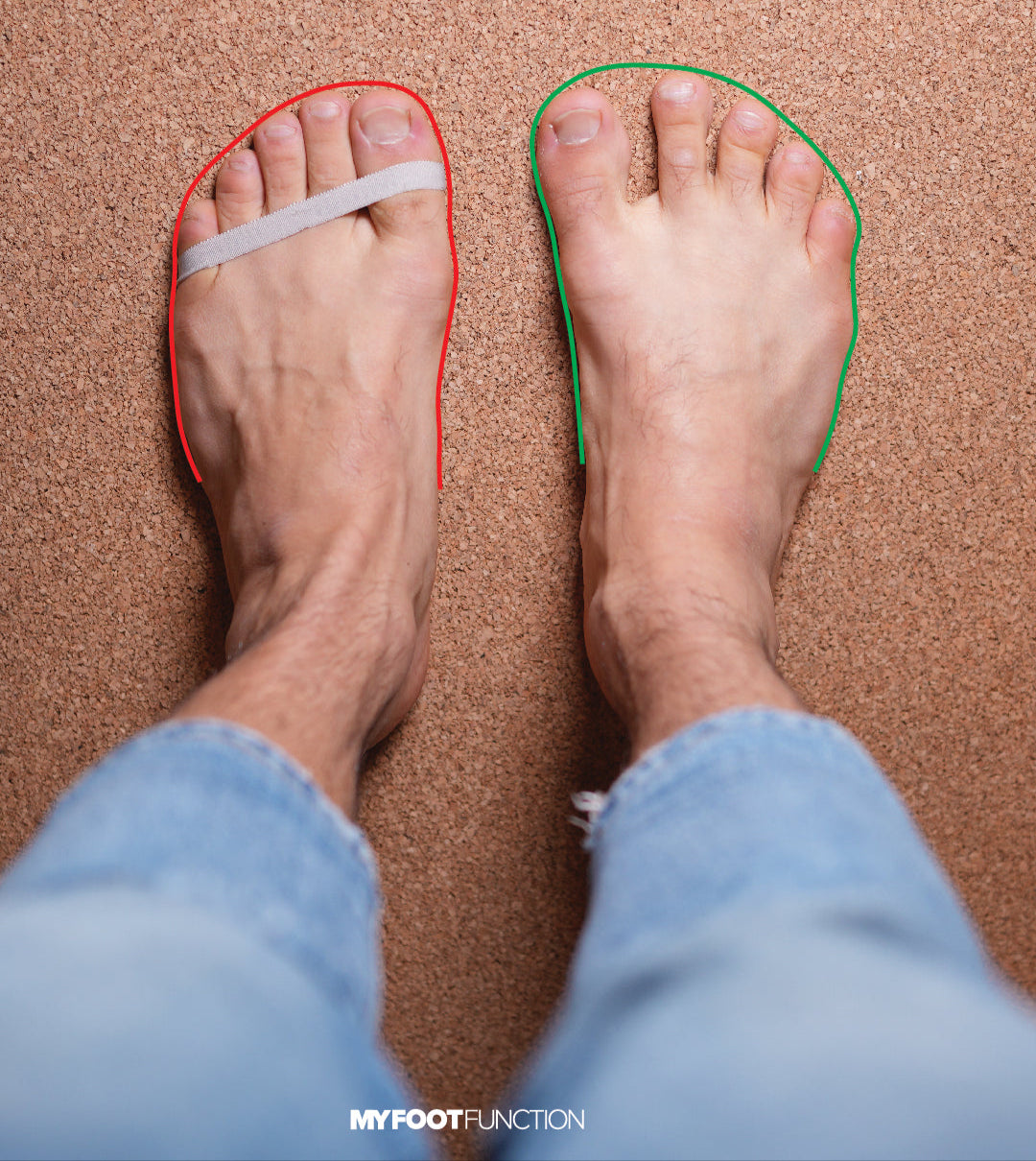
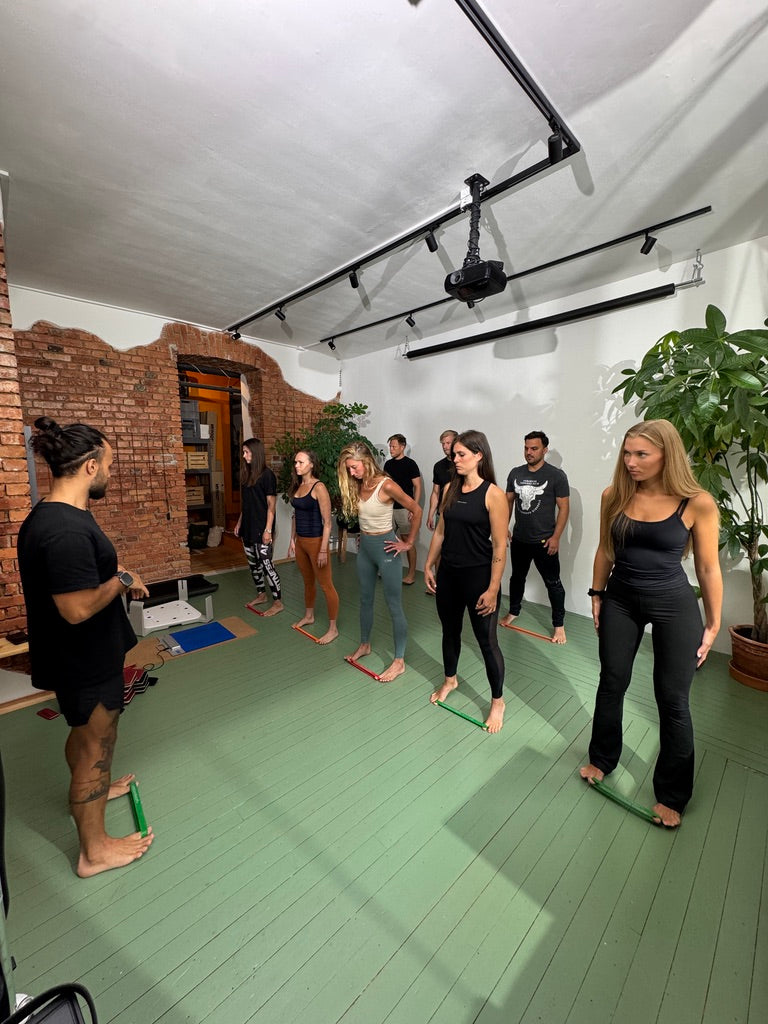
Share:
Europe's Pointy Shoe Craze!
The Worlds Oldest Shoe